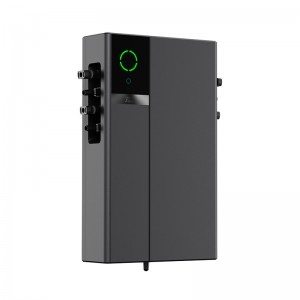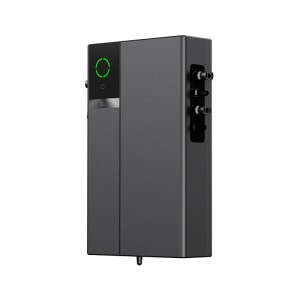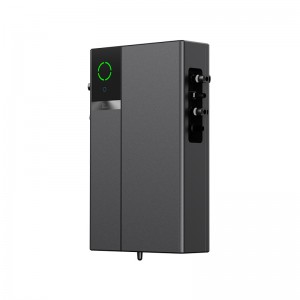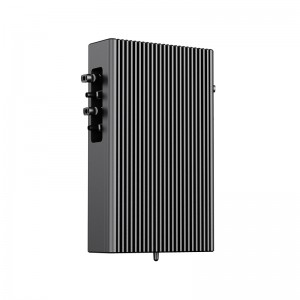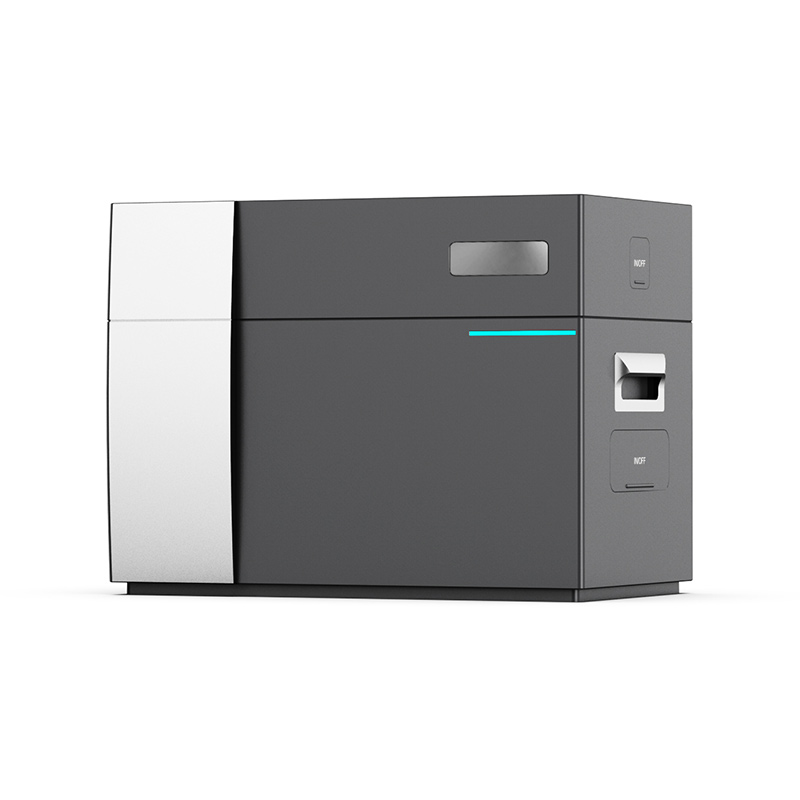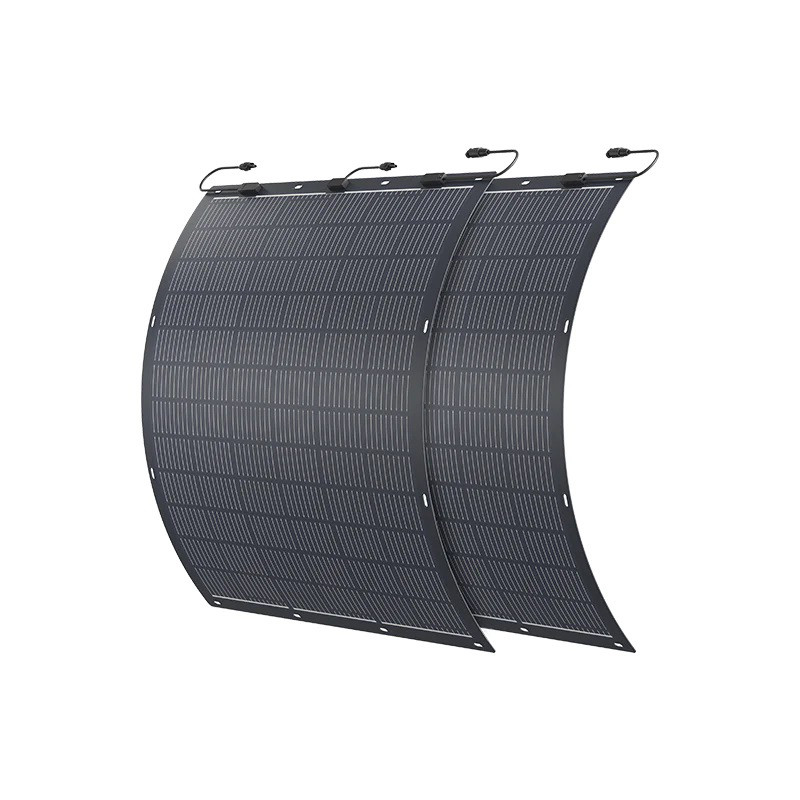KeSha PV HUB KP-1600 Expandable to 1600W MPPT
Description
1. Expandable to 1.600W MPPT: With more power in the sun, MPPT unleashes more solar energy potential for larger systems and a brighter future. The 1600W MPPT supports up to 2200W solar modules, enabling higher wattage rates for better energy yield and more flexibility in system design.
2. Higher charging efficiency, 2.200W solar modules supported: Supports solar panels with up to 2400W for connecting high-performance solar panels to extract more energy from the sun. Save more energy for the possibility of more energy independence and self-supply.
3. Dual MPPT maximizes power generation efficiency: The Dual MPPT independently controls the maximum power point of two solar systems, improving the efficiency, reliability and flexibility of the PV system.



Product Features

Capacity Detail Chart

FAQ
Q1: If I am new, how do I configure my balcony power storage system?
Step 1: You should look at the local regulations, what is the maximum power allowed at the household outlet, nowadays most are 600W or 800W.
Step 2: The recommendation is 1.1 to 1.3x the MPPT power, 880W-1000W.
Step 3: Calculate your daily basic power consumption during the day.
Step 4: Calculate the battery capacity, except the basic consumption during the day, the rest is stored in the battery, estimate the battery capacity based on your local lighting time and intensity.e.g.Your basic consumption is 200W, the lighting time is 8 hours, MPPT can have two inputs (800W), then the battery you need, is 2 kWh (0.8 kWh*5 er0.2 kWh*8.2 kWh).
Q2: How do you know your power consumption during the day?
It is recommended that you store as much as possible in the battery during the day, except for basic power consumption:
1. Calculate the consumption of devices you always operate during the day or 24-hours a day, such as refrigerators, routers and standby devices.
2. Just before going to bed, go to the meter box and record the current meter reading and time. As soon as you get up, make a note of the meter reading and the time. You can calculate your base load from consumption and elapsed time.
3. You can use a measuring socket that you plug between socket and power consumer. To calculate the base load, collect the power consumed by all devices that are constantly in operation (including standby), and add the values.
Q3: When 2x550W(or more) modules connect to the input of the PV hub and bring full power, what happens then?
The MPPT algorithm of our Smart PV Hub has a power limiting function to protect itself. So you can connect two 550W or more solar modules. If the sunlight is weak, the relative power generation will be little more. But it's not good for economic reasons. Because if the sunlight is strong, probably some power generation will be wasted. Thus, our PV hub can withstand such a high-performance solar panel. But it is recommended to match 1.1-1.3 partition of MPP performance. So 880W-1000W is enough.
Q4: What security certificates does SolarFlow have?
CE-LVD/ CE-RED/ UL/ FCC/ IEEE1547/ CA65.


